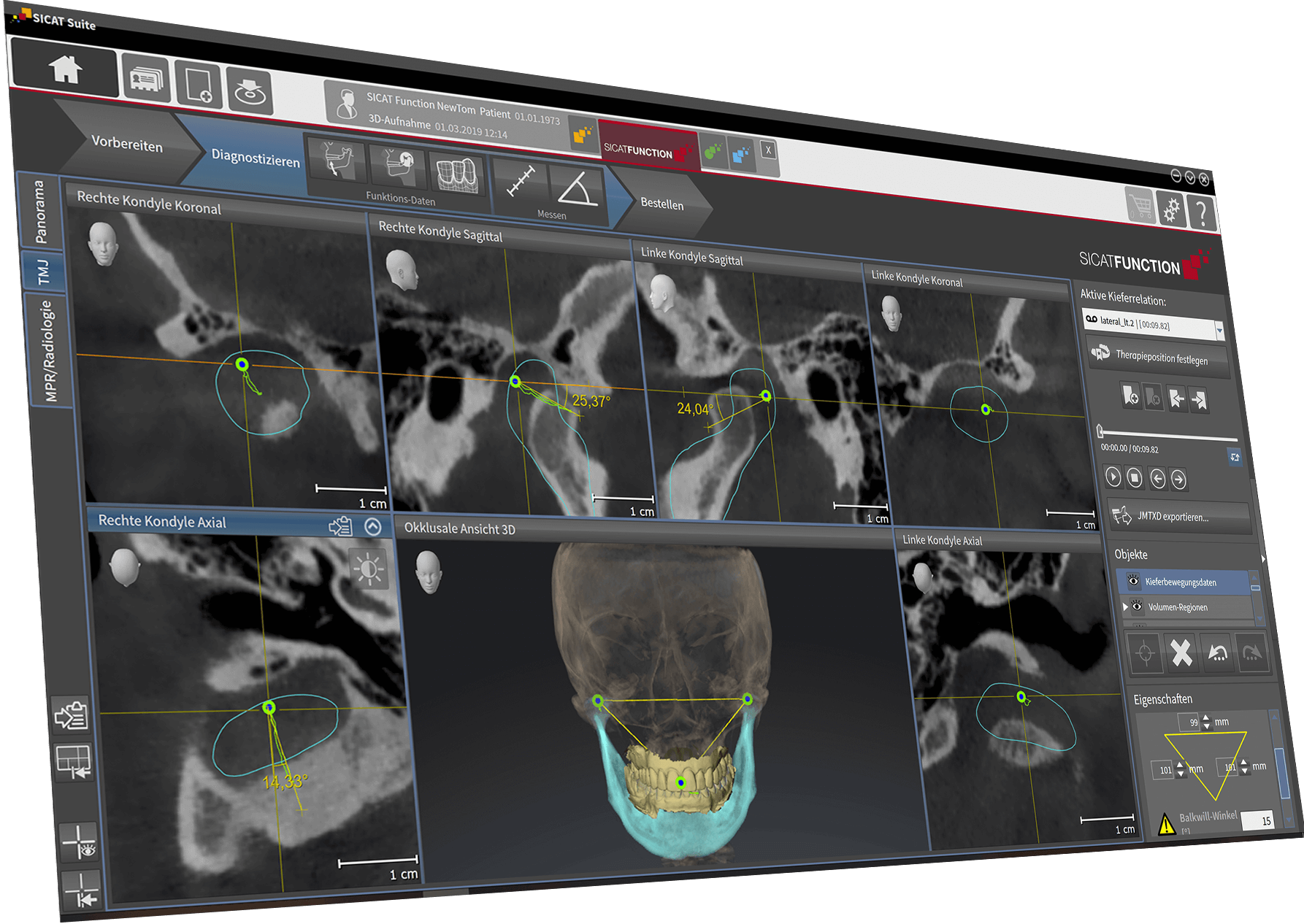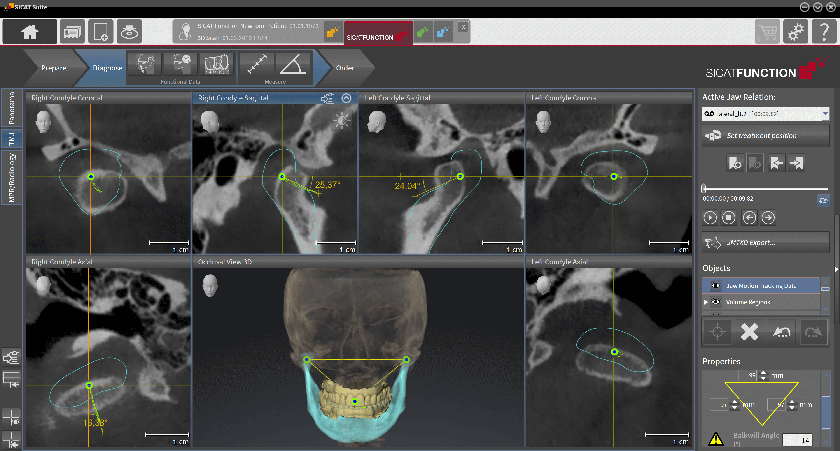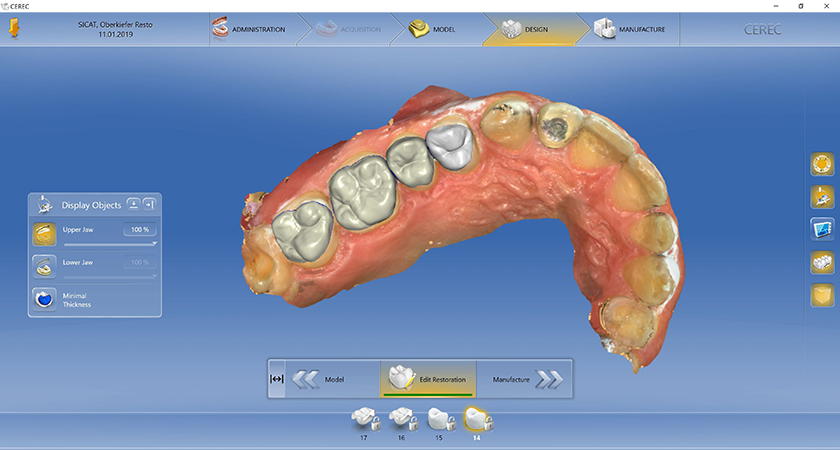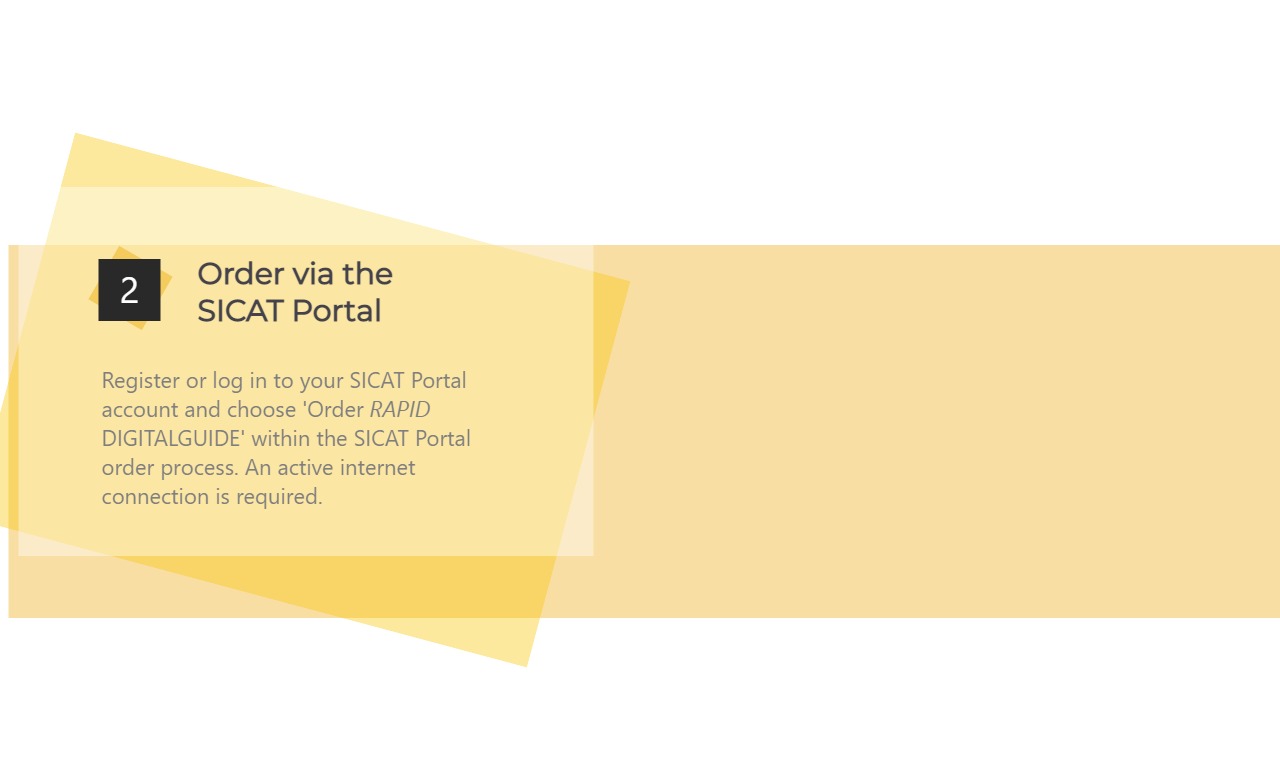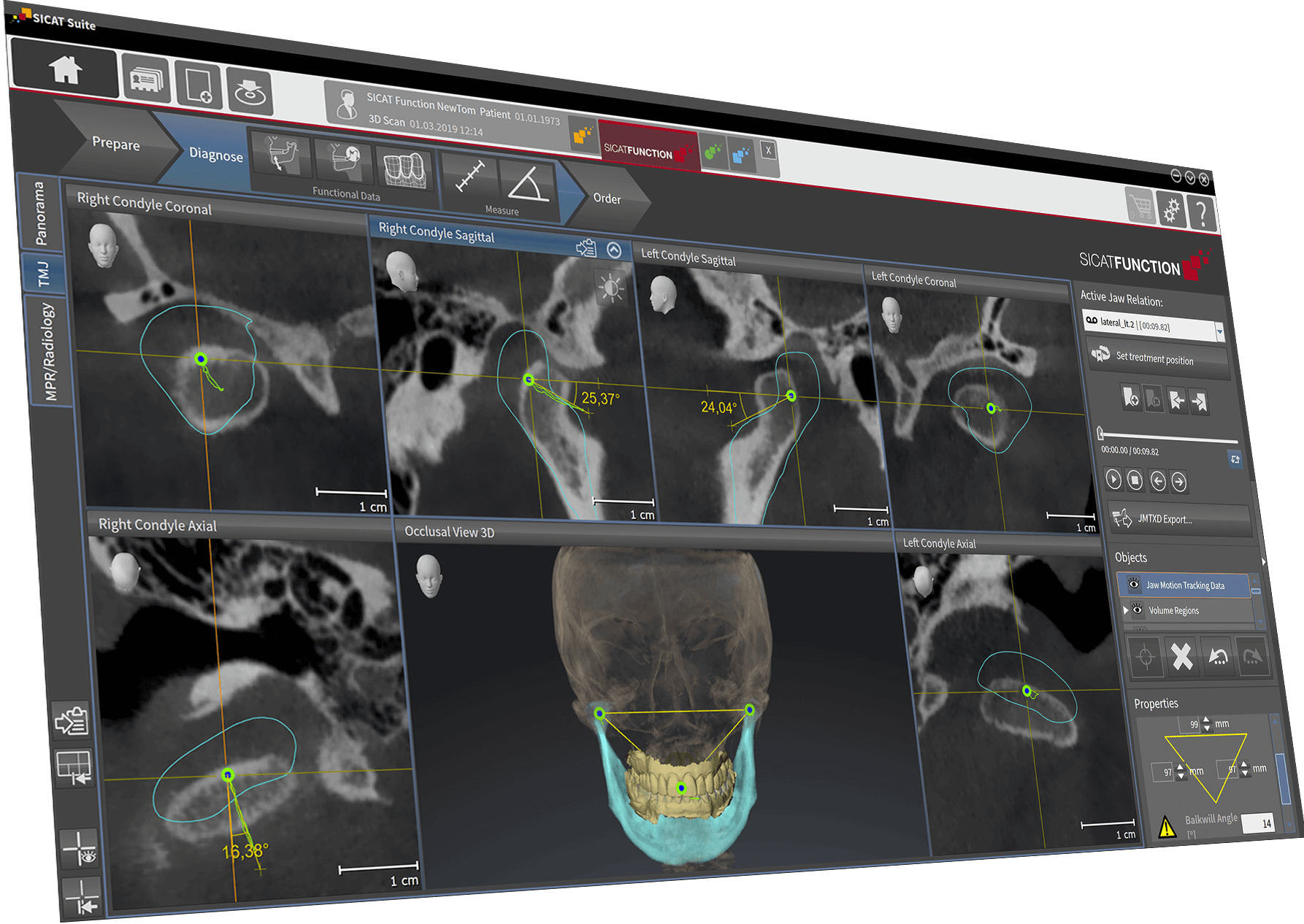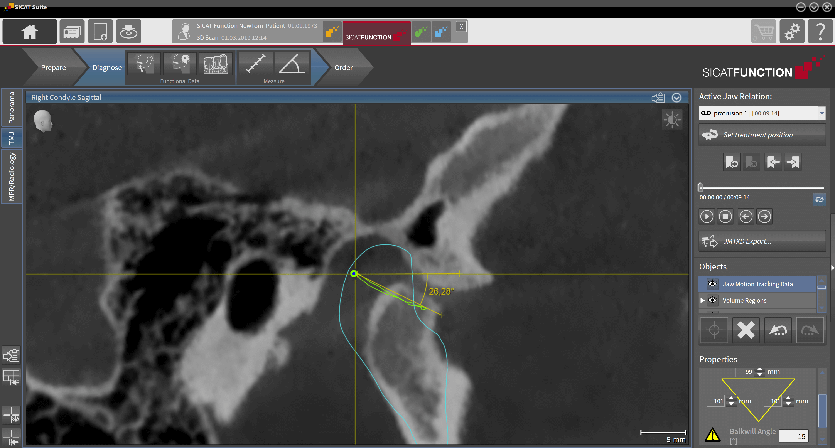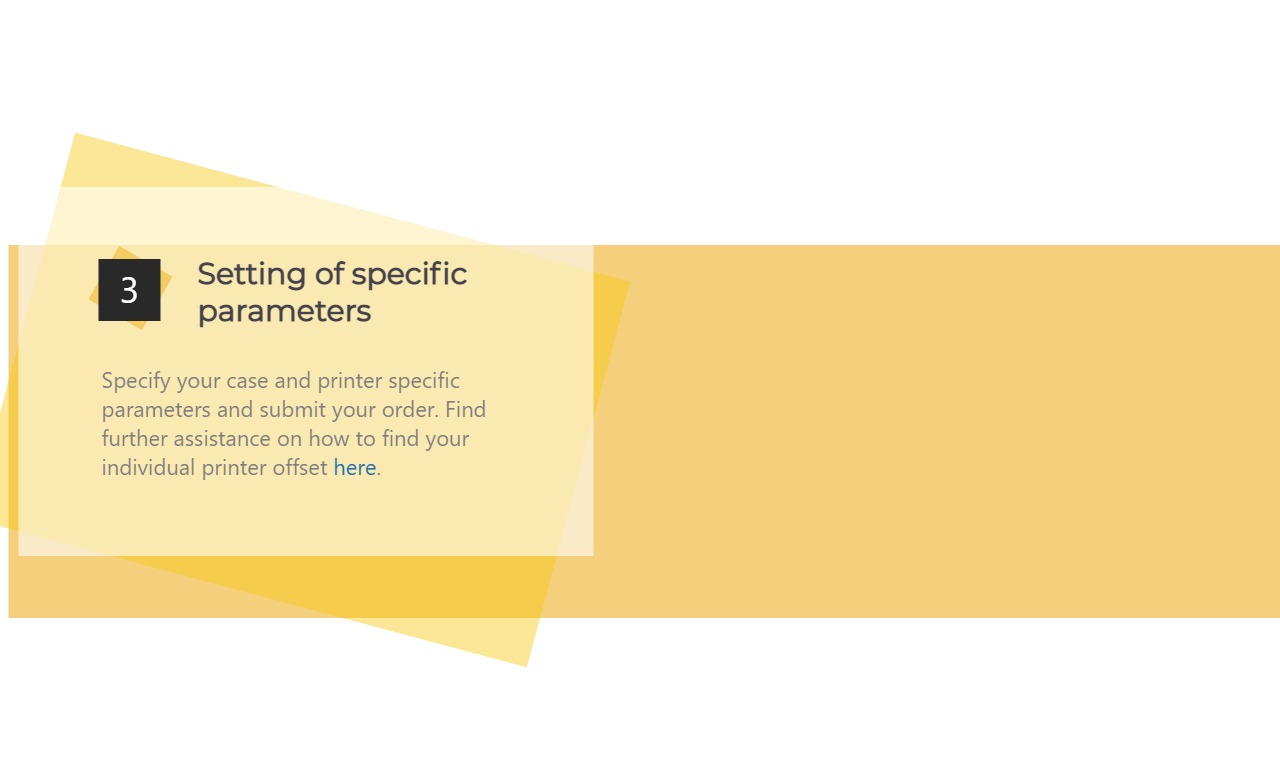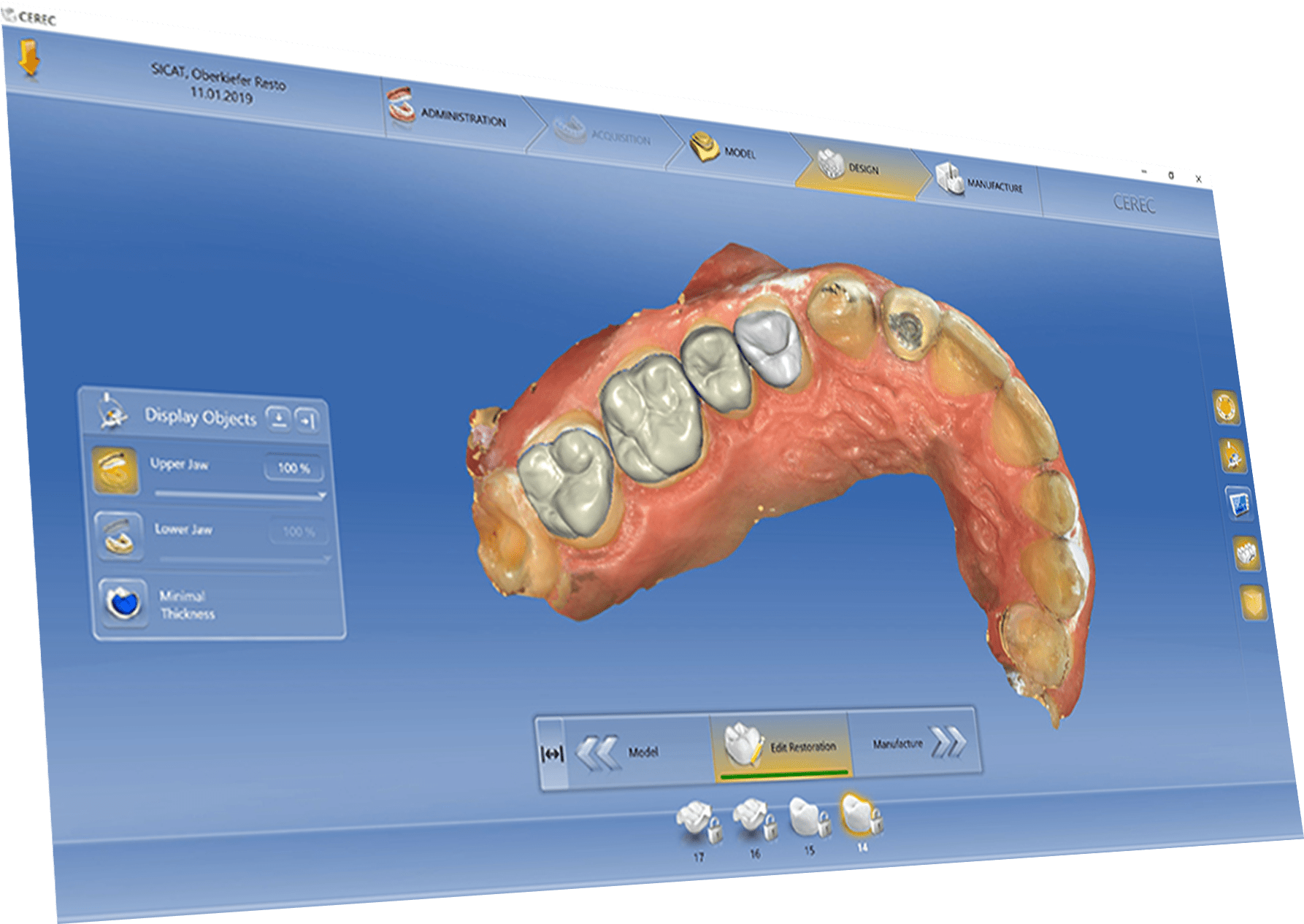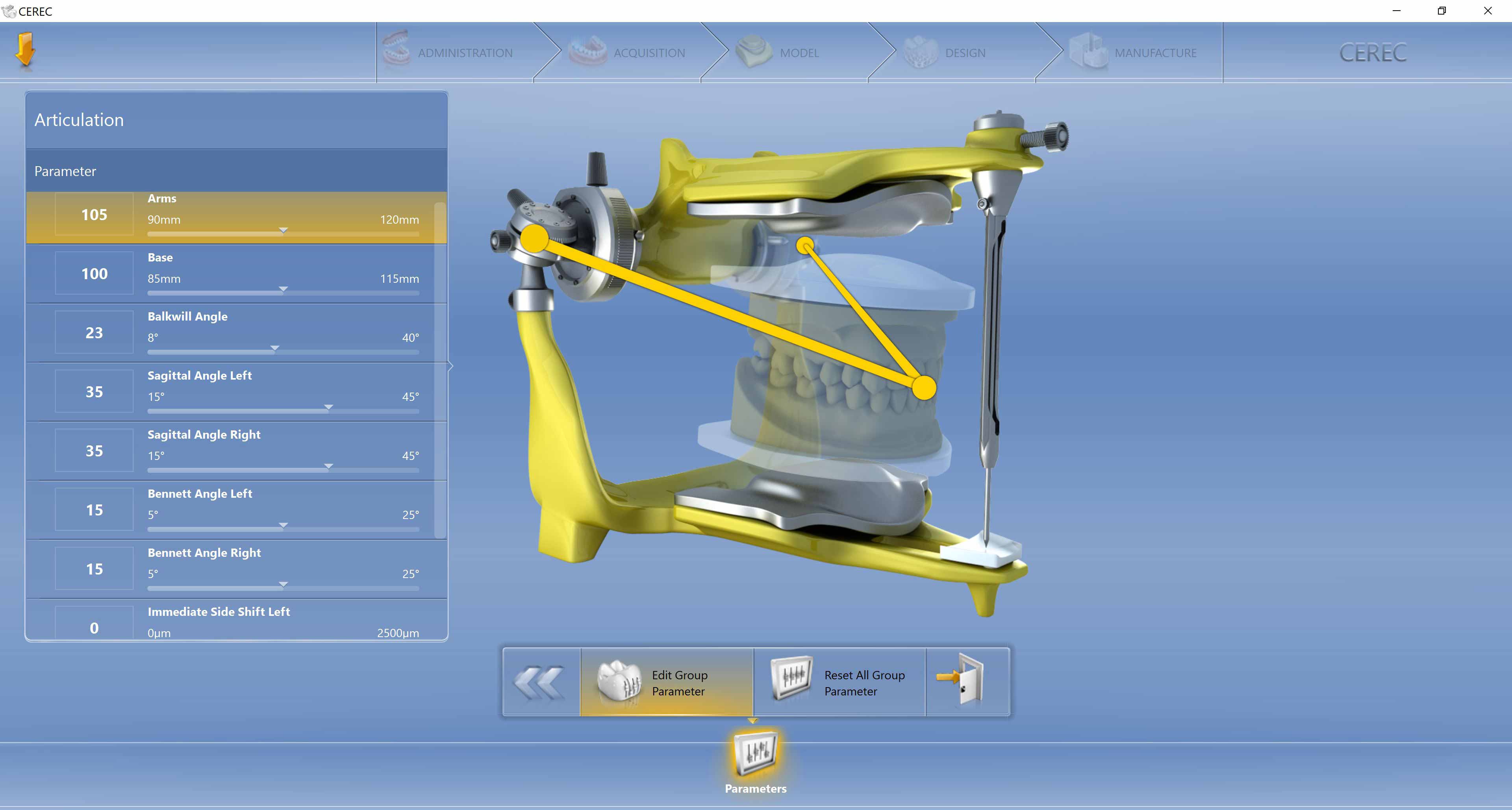- Home
- »
- Products
- »
- Functional Dentistry
- »
- Software
Digital and seamless integration of three types of data in SICAT Function makes the complex interrelation visible: data of the CBCT, the Jaw Motion Tracker zebris JMA-Optic and optical surface scan data are combined within SICAT Function. This allows the fabrication of prosthetic restorations based on patient-individual lower jaw movements.
WHY SICAT FUNCTION?

Patient-individual treatment
instead of treatment based on average values
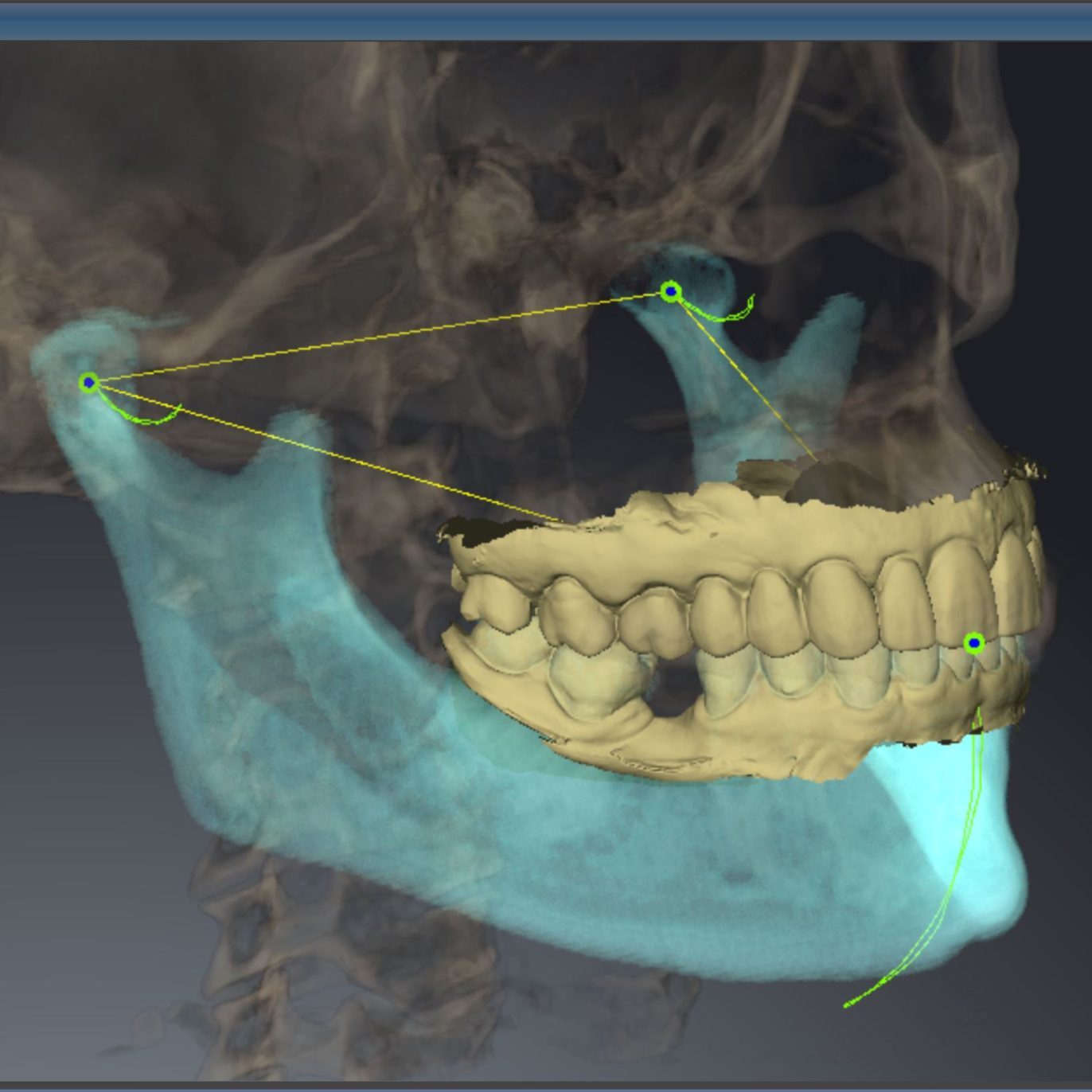
Restoration design
taking into account the actual dynamics of the patient‘s lower jaw
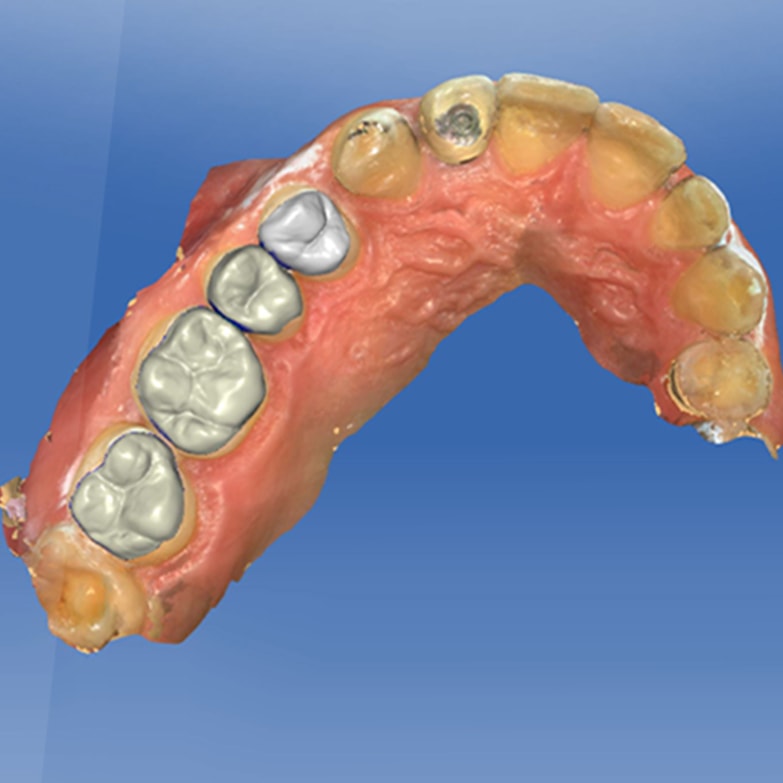
Patient-individual
functional prosthetics
The fully flexible SICAT Function subscription plan
SICAT Function flexibly and affordably on subscription basis, sounds good to you? Then take advantage now with SICAT Smart Subscription! Free updates automatically included, always up-to-date.
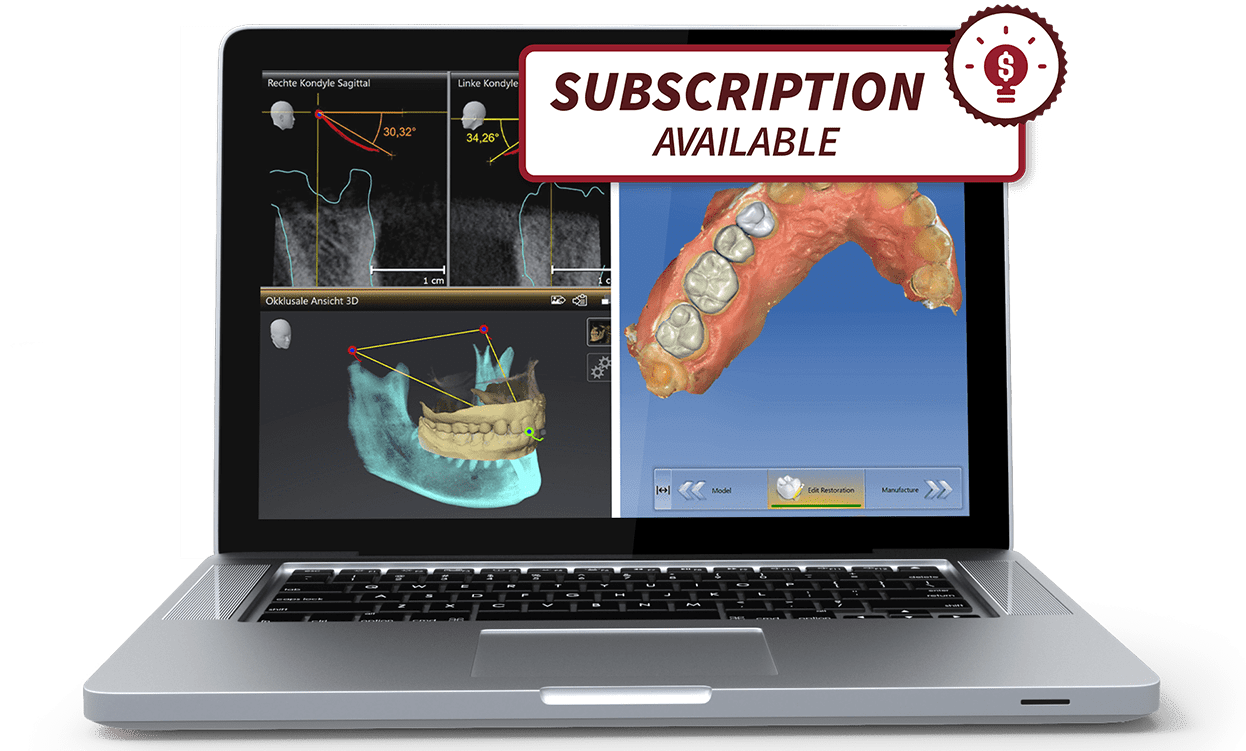
IN JUST A FEW STEPS TO INDIVIDUAL FUNCTIONAL PROSTHETICS
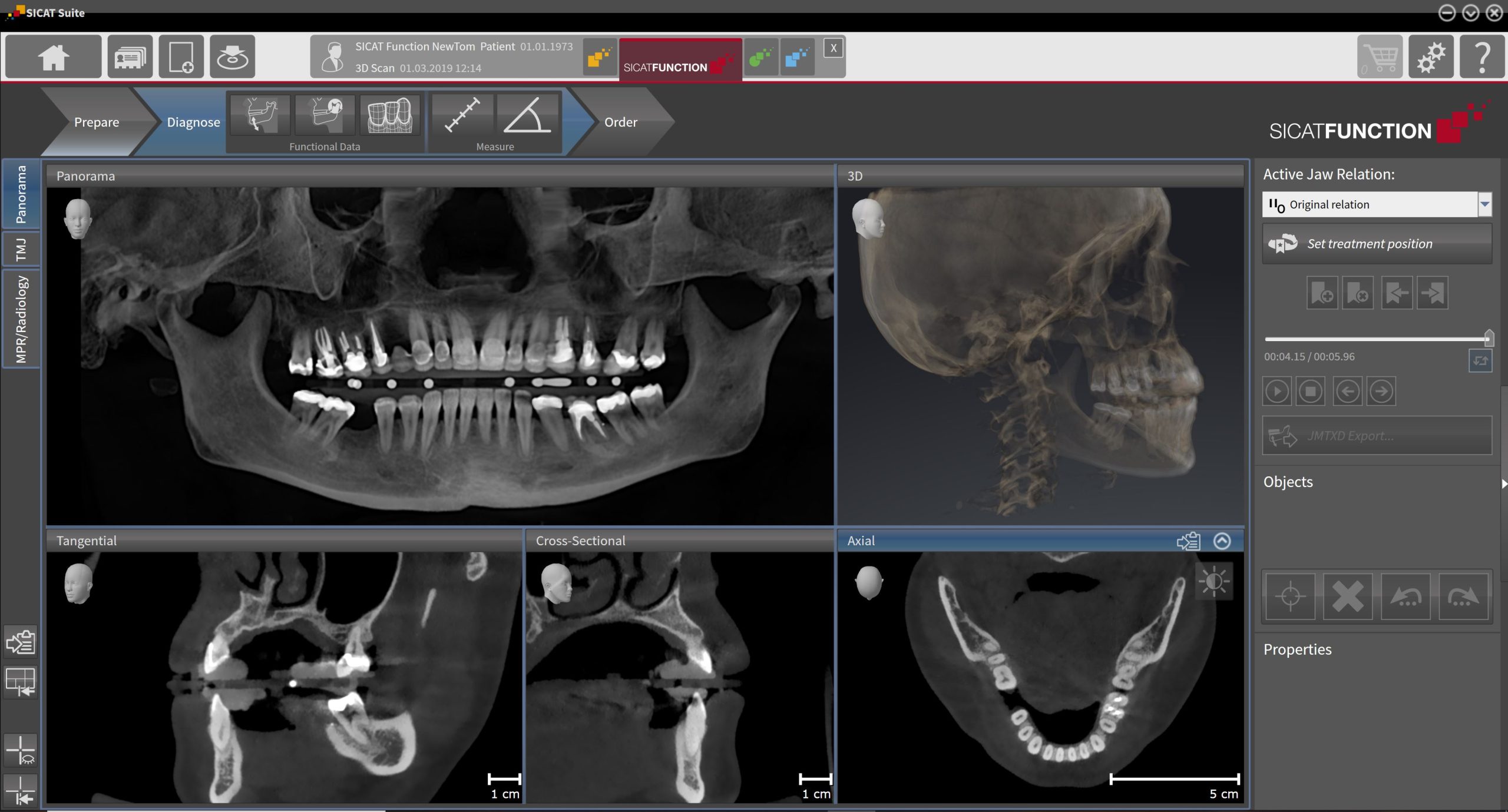
1. 3D X-ray scan of the patient
Scan with a CBCT system. The patient wears the SICAT Fusion Bite during the scan for the subsequent fusion of CBCT and JMT data.
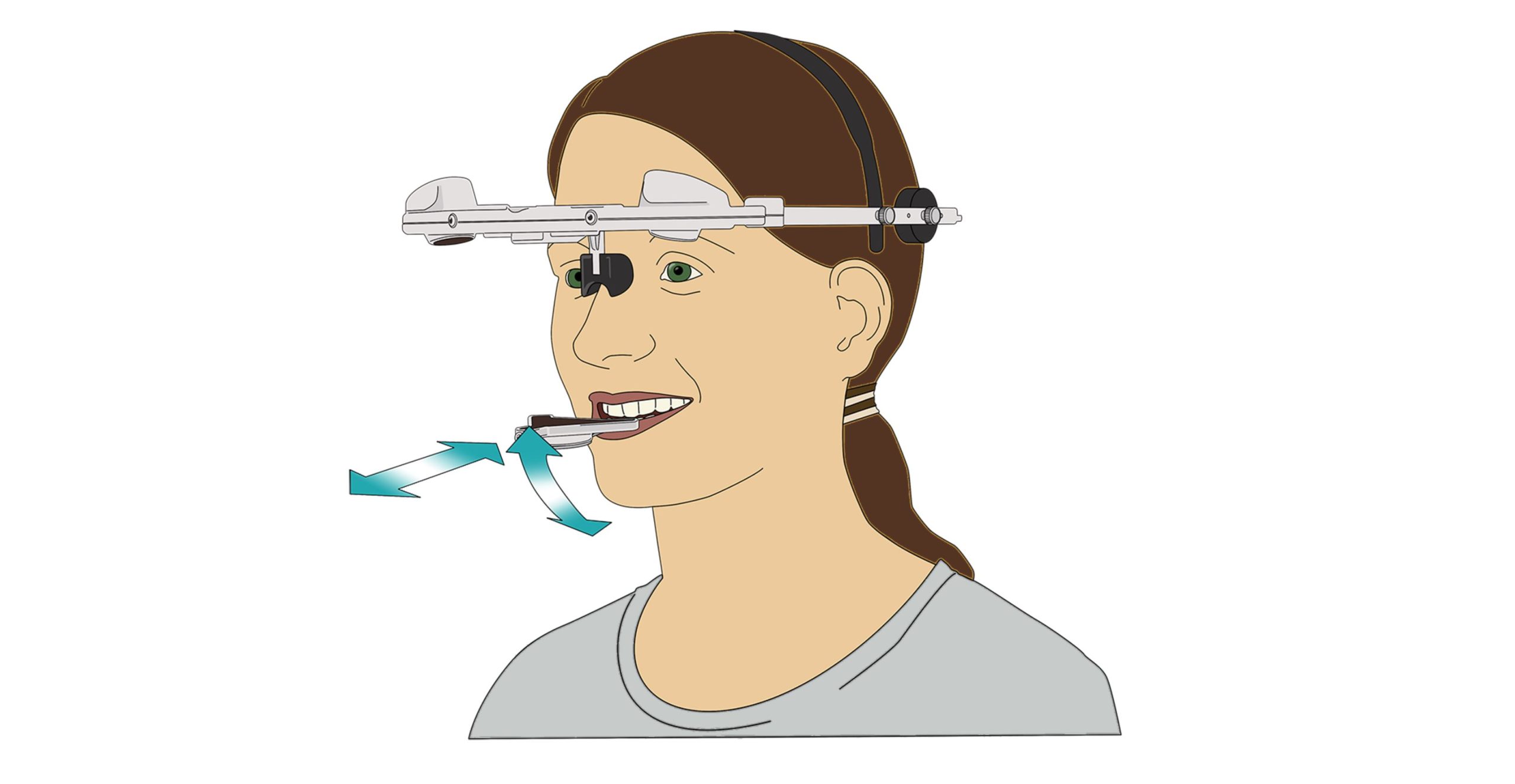
2. Recording of lower jaw movement data
Lower jaw movement data such as guided opening movement, protrusion, and laterotrusion are recorded with the zebris JMA-Optic.
Face bow and mandibular sensor communicate using the latest optical sensor technology.
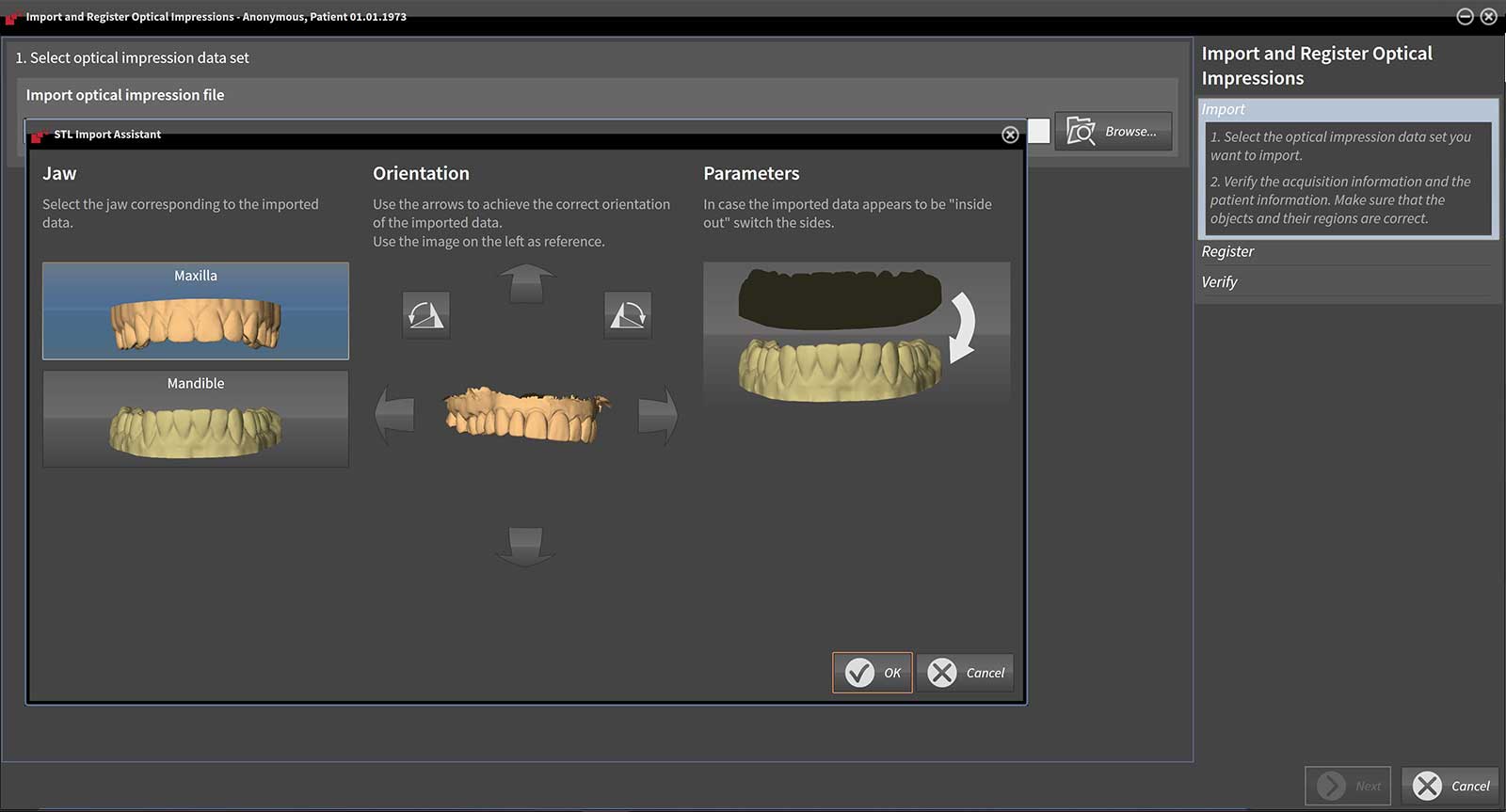
3. Optical surface scan
Capturing of optical surface scan data (SSI, SIXD or STL) of the patient with an intra-oral camera.
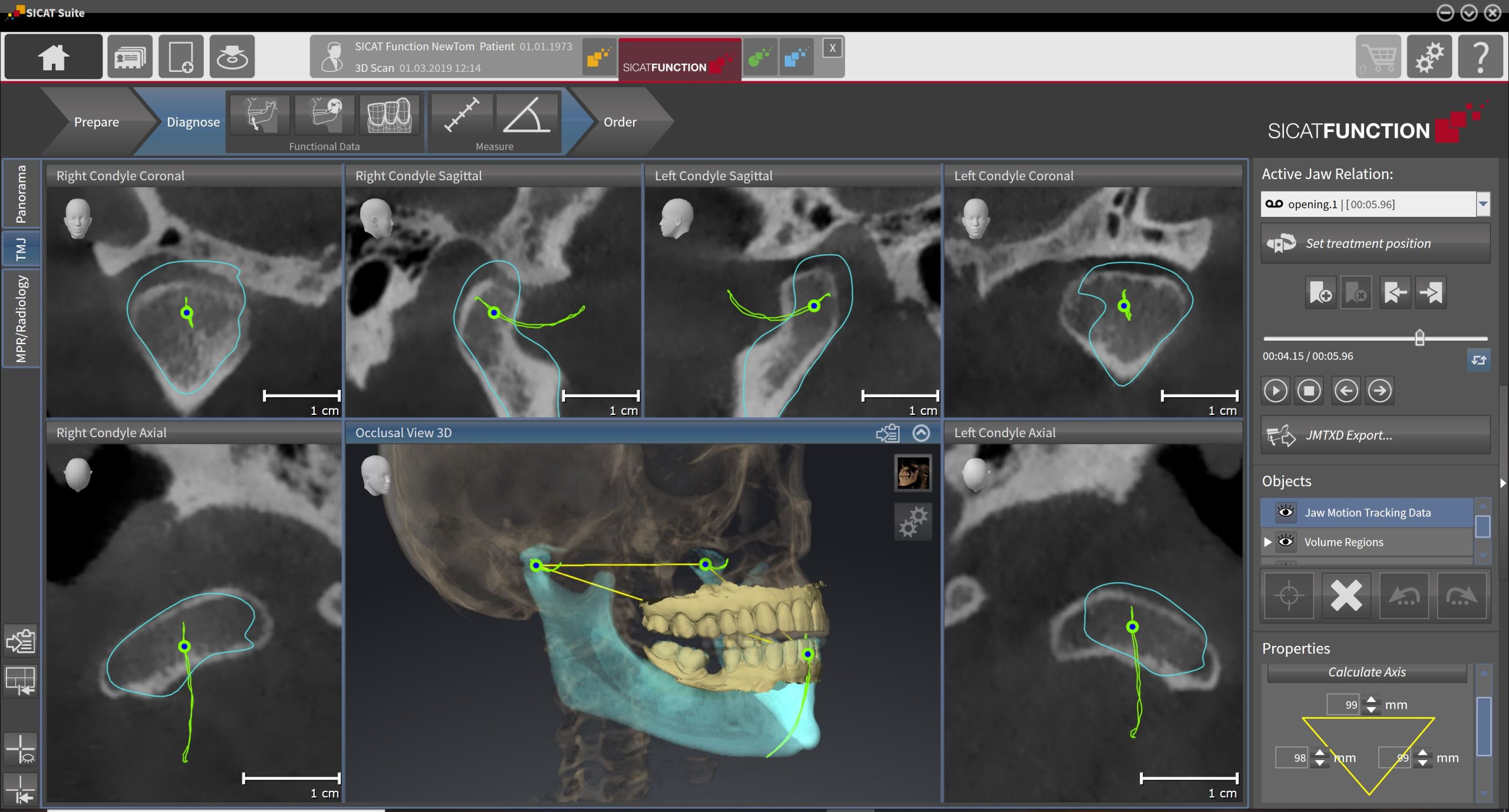
4. Integration of jaw movement data in CEREC
Fusion of optical surface scan data and mandible movement data with CBCT data directly within SICAT Function to visualize true patient-specific dynamics.
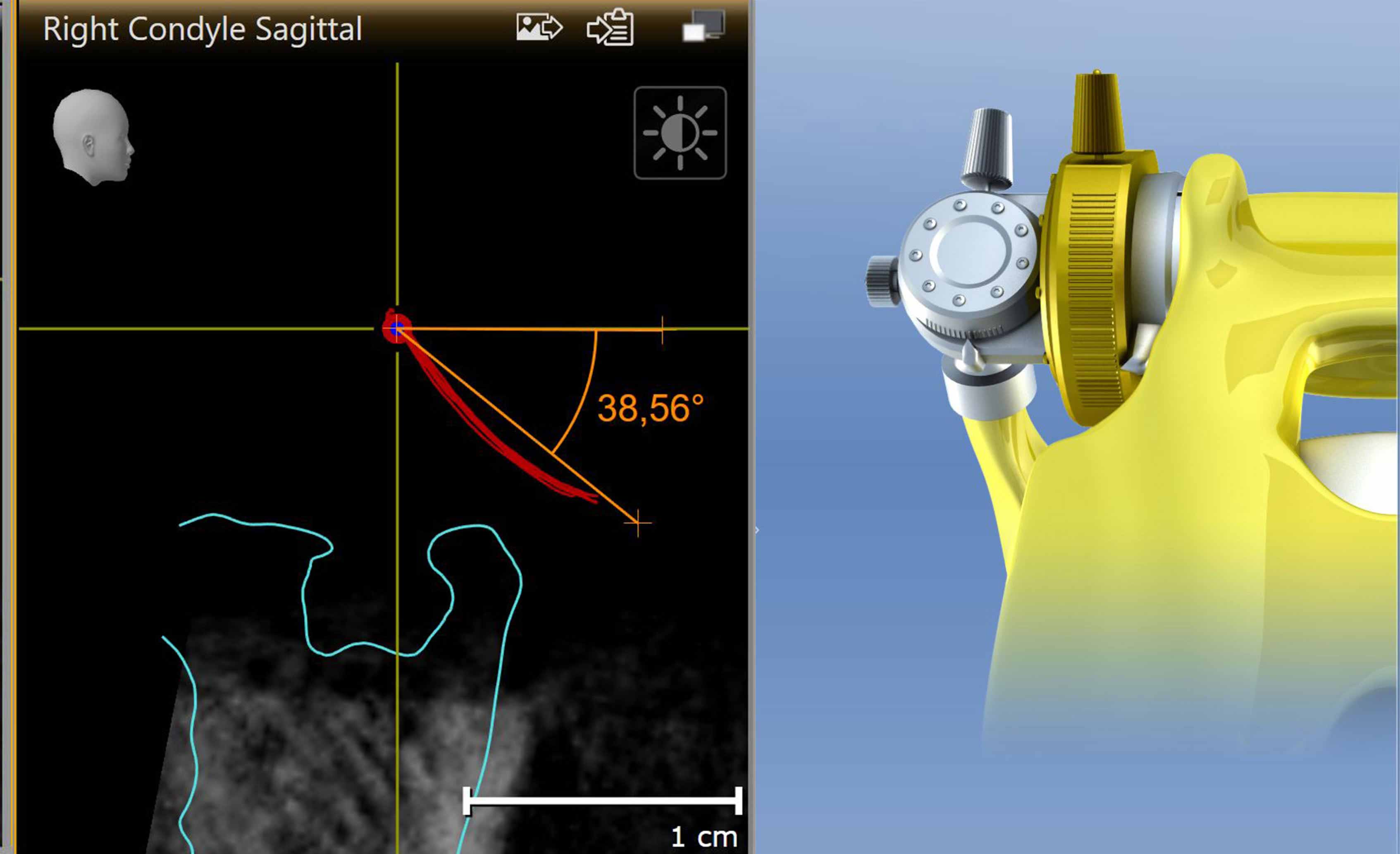
5. Measurement of parameters for CEREC articulator
Patient-individual measuring of all necessary parameters for the programming of the virtual articulator such as sagittal angle and Bennett angle. Arms and Balkwill angle will be calculated automatically.
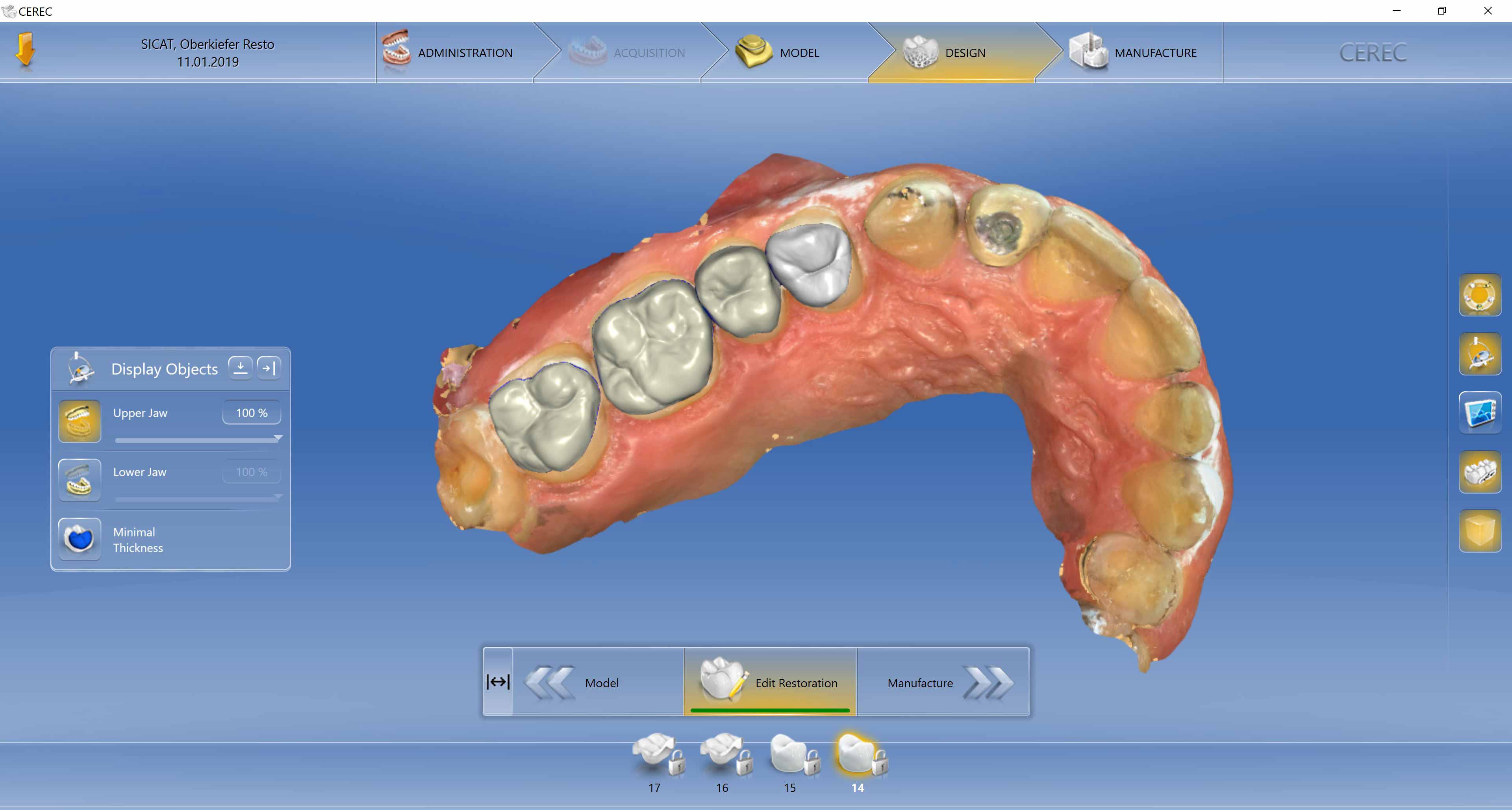
6. Creation of restoration design
Determination of all parameters in a spreadsheet, transfer into the CEREC articulator and subsequent creation of the restoration design based on true dynamics of the lower jaw.
DO YOU HAVE ANY QUESTIONS? WE WILL ASSIST YOU!
The SICAT Support Team will provide help in case of questions relating to SICAT Function and CEREC!
Tradeshows & Events
Interested in a live demo of SICAT Funcion and CEREC? Visit us at a tradeshow.
Last Update: 2025-04-28


